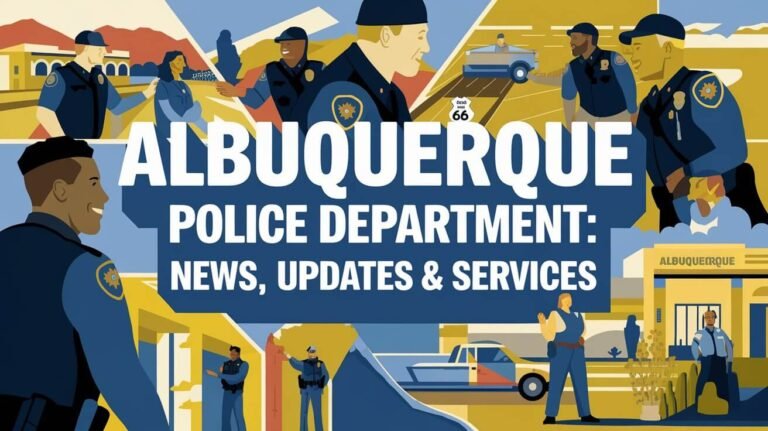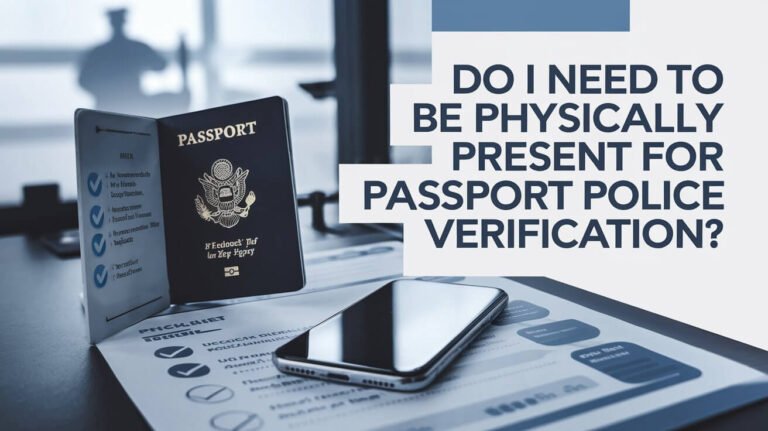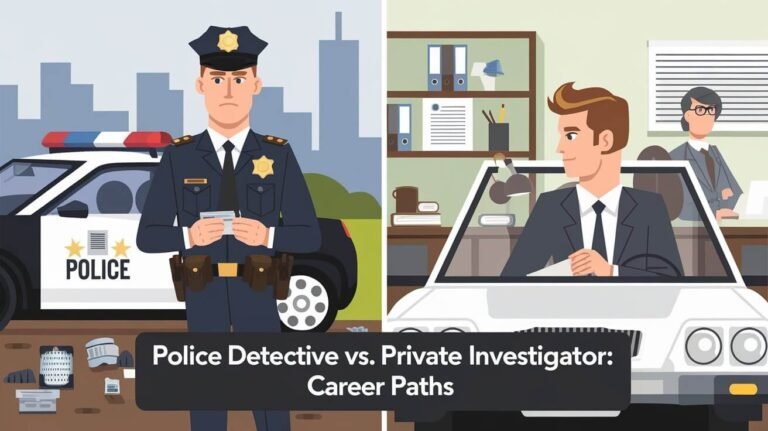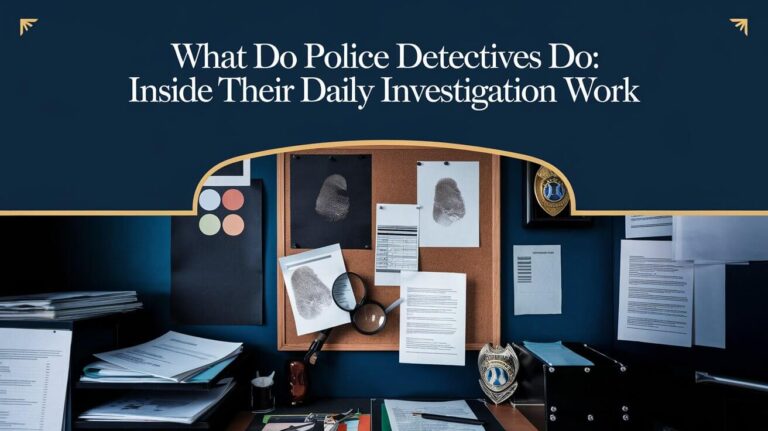What Is a BOLO Police: Understanding Law Enforcement’s Critical Alert System
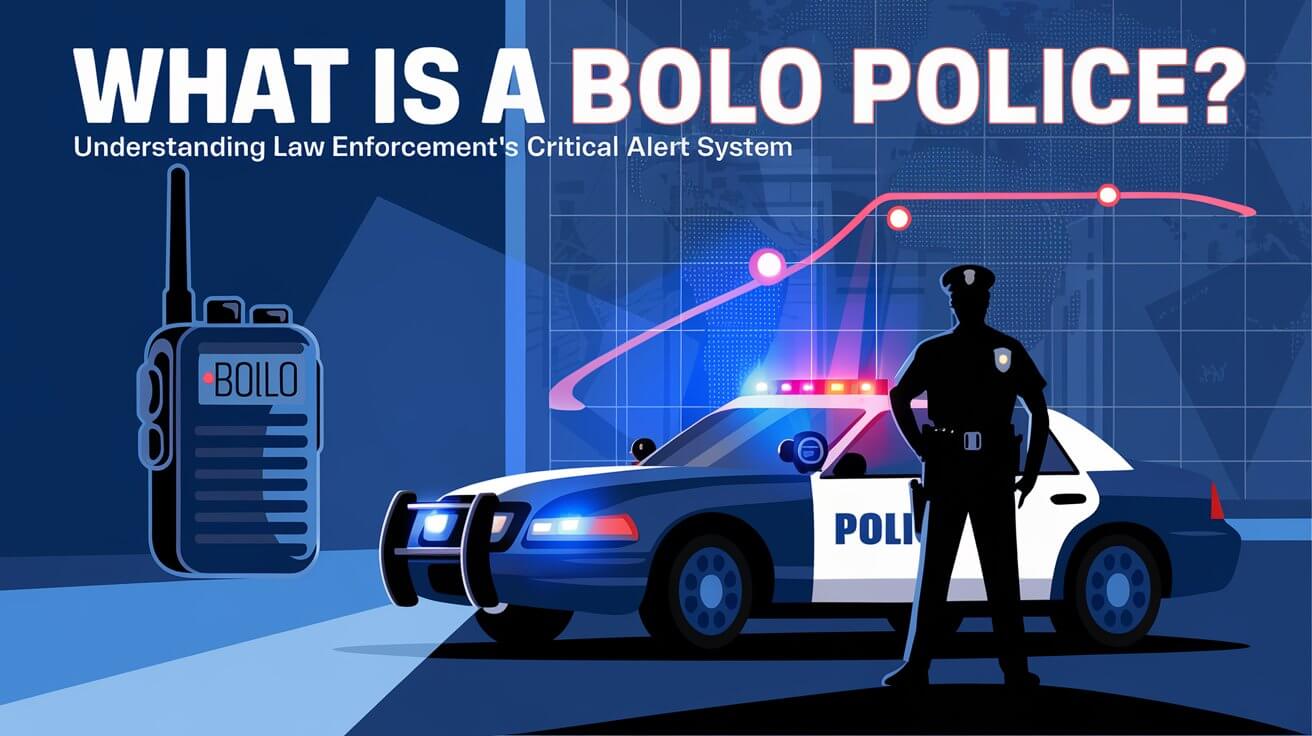
A BOLO police alert is a crucial law enforcement tool that stands for “Be On the Look-Out.” It’s a notification system used by police departments to quickly spread information about suspects, missing persons, or vehicles of interest. This powerful communication method helps officers stay informed and increases the chances of solving crimes or locating individuals.
In this article, we’ll explore the ins and outs of BOLO police alerts, their importance in law enforcement, and how they impact public safety. We’ll dive into the types of BOLOs, how they’re created and distributed, and real-world examples of their effectiveness. By the end, you’ll have a clear understanding of this essential police tool and its role in keeping communities safe.
The Basics of BOLO Police Alerts
Defining BOLO in Law Enforcement
BOLO is more than just a catchy acronym. It’s a vital part of police work that helps officers share critical information quickly. When a BOLO goes out, it’s like sending up a flare to all nearby law enforcement. It says, “Hey, pay attention to this!”
BOLOs can include details about:
- Wanted criminals
- Missing people
- Stolen cars
- Suspicious activities
These alerts give cops the heads-up they need to spot trouble and take action fast.
Origins and Evolution of BOLO Alerts
BOLOs aren’t new kids on the block. They’ve been around for ages, but they’ve come a long way. Back in the day, police would share BOLOs by radio or even word of mouth. Can you imagine? It was slow and not always reliable.
Now, things have changed. With computers and smartphones, BOLOs zoom across networks in seconds. It’s like night and day compared to the old methods. This evolution has made BOLOs more powerful than ever in fighting crime.
Why Police Use BOLO Notifications
So, why do cops love BOLOs so much? It’s simple – they work. BOLOs are like extra eyes and ears for the police. They help:
- Catch bad guys faster
- Find missing people quicker
- Recover stolen property
- Prevent crimes before they happen
Think of BOLOs as a team huddle in a big game. They keep everyone on the same page and ready to make the next big play.
How BOLO Police Alerts Work
The Process of Issuing a BOLO
Creating a BOLO isn’t as simple as shouting, “Look out!” There’s a method to it. Here’s how it usually goes down:
- An officer spots something fishy or gets important info.
- They gather all the key details.
- The officer tells their supervisor about it.
- If approved, the BOLO gets typed up.
- The alert goes out to other officers and sometimes the public.
It’s a quick process, but every step matters. Getting the right info out fast can make all the difference.
Types of Information Included in BOLOs
A good BOLO is like a well-packed suitcase – it has everything you need, nothing you don’t. Here’s what you’ll usually find in a BOLO:
- Description of the person or vehicle
- Last known location
- Any weapons involved
- Reason for the alert (like “armed robbery suspect”)
- What to do if spotted (like “call for backup”)
The key is balance. Too little info, and it’s not helpful. Too much, and important details get lost in the noise.
Distribution Methods for BOLO Alerts
Gone are the days when BOLOs only traveled by radio. Now, they spread like wildfire through:
- Police computer systems
- Text messages to officers’ phones
- Emails to law enforcement agencies
- Sometimes, social media for public alerts
This multi-channel approach ensures that BOLOs reach the right people fast. It’s like casting a wide net to catch a specific fish.
Different Types of BOLO Police Alerts
Suspect BOLOs
Suspect BOLOs are the bread and butter of the system. They’re all about finding people who might have broken the law. These BOLOs include:
- Physical descriptions
- Clothing details
- Any known vehicles
- Possible hideouts
The goal? To paint a clear picture so officers can spot the suspect in a crowd.
Vehicle BOLOs
Car thieves, beware! Vehicle BOLOs are on your tail. These alerts focus on:
- Make and model of the car
- Color and any unique features
- License plate number
- Direction of travel
It’s like giving every cop a personal radar for specific cars.
Missing Person BOLOs
When someone vanishes, time is precious. Missing person BOLOs help by sharing:
- Recent photos
- Height, weight, and age
- What they were last seen wearing
- Any medical conditions
These BOLOs can be the difference between a happy reunion and a tragedy.
Stolen Property BOLOs
From stolen jewelry to snatched laptops, property BOLOs help recover lost goods. They include:
- Detailed descriptions of items
- Serial numbers when available
- Where and when they were taken
- Any unique markings
It’s like putting a giant “FOUND” poster out for the whole police force to see.
The Role of Technology in BOLO Police Systems
Digital BOLO Platforms and Applications
Welcome to the 21st century, where BOLOs have gone high-tech. Modern police departments use special software to manage BOLOs. These platforms let officers:
- Create BOLOs quickly
- Add photos and videos
- Update info in real-time
- Search through old BOLOs easily
It’s like having a super-smart BOLO assistant right at their fingertips.
Integration with Other Police Systems
BOLOs don’t live in a bubble. They play nice with other police tech, too. Many BOLO systems link up with:
- Criminal databases
- License plate readers
- Dispatch systems
This teamwork means that when a BOLO goes out, it’s not just an alert – it’s part of a bigger, smarter system.
Mobile BOLO Access for Officers
Cops aren’t always at their desks. That’s why mobile BOLO access is a game-changer. Officers can now:
- Get BOLO alerts on their phones
- Look up BOLO details on the go
- Update BOLOs from the field
It’s like having the whole BOLO system in their pocket, ready whenever they need it.
BOLO Police Alerts and Public Safety
When and How BOLOs Involve the Public
Sometimes, the police need a little help from their friends – the public. In certain cases, BOLOs go beyond the badge. Here’s when that might happen:
- For dangerous suspects on the loose
- In child abduction cases
- When looking for critically missing persons
When BOLOs go public, they might show up on:
- Local news broadcasts
- Social media posts
- Electronic highway signs
It’s like deputizing the whole community to keep an eye out.
The Impact of BOLOs on Crime Prevention
BOLOs aren’t just about catching bad guys after the fact. They’re also a powerful prevention tool. Here’s how:
- They make criminals think twice before acting.
- They help spot suspicious behavior before a crime happens.
- They keep the community alert and engaged in safety.
It’s like having a neighborhood watch program on steroids.
Balancing Public Information and Investigation Integrity
Sharing info with the public is tricky business. Too much can tip off the bad guys. Too little, and you miss out on helpful tips. Police have to walk a fine line. They consider:
- What details are safe to share
- How sharing might affect the investigation
- The urgency of public help
It’s a delicate balance, like a tightrope walk between public safety and effective police work.
BOLO Police Procedures and Protocols
Creating and Approving BOLO Alerts
Making a BOLO isn’t a free-for-all. There’s a process to keep things organized and effective:
- An officer spots something BOLO-worthy.
- They gather all the crucial details.
- The info gets double-checked for accuracy.
- A supervisor reviews and approves the BOLO.
- The alert goes out through official channels.
This process ensures that every BOLO is legit and useful. It’s like having a quality control system for police alerts.
Updating and Canceling BOLOs
BOLOs aren’t set in stone. As situations change, so do the alerts:
- New info? The BOLO gets updated.
- Suspect caught? The BOLO gets canceled.
- Situation resolved? Time to take down the alert.
Keeping BOLOs current is crucial. It’s like making sure everyone has the latest version of the playbook.
Training Officers on BOLO Usage
Knowledge is power, especially when it comes to BOLOs. Police departments invest in training to make sure officers:
- Know when to create a BOLO
- Understand how to use the BOLO system
- Can quickly act on BOLO information
Good training turns BOLOs from a tool into a superpower for law enforcement.
BOLO Police Alerts in Action: Real-World Examples
High-Profile Cases Solved with BOLOs
BOLOs have played a starring role in some big-time busts. For example:
- The capture of the Boston Marathon bombers in 2013
- Finding missing children in Amber Alert cases
- Nabbing bank robbers on the run
These wins show how BOLOs can turn the tide in critical situations. It’s like watching the climax of a crime thriller, but in real life.
How BOLOs Aid in Daily Police Work
It’s not all about headline-grabbing cases. BOLOs shine in everyday police work too:
- Recovering stolen vehicles
- Locating witnesses to crimes
- Finding people with outstanding warrants
These small victories add up, making communities safer one BOLO at a time.
Challenges and Limitations of BOLO Systems
No system is perfect, and BOLOs have their hurdles:
- Information overload can lead to alert fatigue
- Inaccurate descriptions can cause false alarms
- Technology glitches can delay important alerts
Recognizing these challenges helps police work on making BOLOs even better. It’s about constant improvement, like fine-tuning a well-oiled machine.
The Future of BOLO Police Alerts
Emerging Technologies in BOLO Systems
The BOLO of tomorrow might look very different. Exciting new tech is on the horizon:
- AI that can predict where BOLOs are most needed
- Augmented reality displays for officers in the field
- Advanced facial recognition to spot BOLO subjects
These innovations could supercharge BOLO effectiveness. It’s like giving BOLOs a sci-fi upgrade.
Potential Improvements and Innovations
Beyond flashy tech, there’s room for smart improvements:
- Better integration with community policing apps
- More precise geolocation for BOLO alerts
- Enhanced data analytics to spot patterns in BOLOs
These changes could make BOLOs even more powerful tools for law enforcement.
Addressing Privacy Concerns in Modern BOLO Usage
As BOLOs get smarter, privacy worries pop up. Future systems will need to balance:
- Effective policing
- Individual privacy rights
- Ethical use of personal data
Finding this balance is key to keeping BOLOs both powerful and respectful of civil liberties.
BOLO Police Alerts vs. Other Law Enforcement Notifications
Comparing BOLOs to APBs and ATLs
BOLOs aren’t the only alert in town. Let’s break down the differences:
- All Points Bulletin (APB): Broader than a BOLO, often statewide or national
- Attempt to Locate (ATL): Similar to BOLO, but often for non-criminal matters
Each has its place in the police toolkit. It’s like having different clubs in a golf bag – each for a specific situation.
How BOLOs Fit into Broader Police Communication Strategies
BOLOs are just one piece of the police communication puzzle. They work alongside:
- Internal memos and bulletins
- Interagency intelligence sharing
- Public awareness campaigns
Together, these form a comprehensive approach to keeping everyone informed and safe.
International Equivalents to BOLO Police Alerts
BOLOs aren’t just an American thing. Other countries have similar systems:
- UK: All-Points Warning (APW)
- Canada: Be On the Lookout For (BOLF)
- Australia: Look-Out For (LOF)
These international cousins of BOLOs show how the concept is valuable worldwide.
The Legal Aspects of BOLO Police Alerts
Legal Considerations When Issuing BOLOs
Creating a BOLO isn’t just about police work – it’s also about staying within the law. Officers must consider:
- Probable cause for issuing the alert
- Privacy rights of individuals mentioned
- Potential for racial or ethnic profiling
Getting it right legally protects both the public and the police. It’s like having a legal safety net under the BOLO tightrope.
Privacy and Civil Rights Implications
BOLOs walk a fine line between public safety and individual rights. Key issues include:
- How long BOLO info is kept on file
- Who has access to BOLO databases
- The impact of mistaken identity in BOLOs
Balancing these concerns is crucial for maintaining public trust in the BOLO system.
BOLOs as Evidence in Court Cases
Sometimes, BOLOs play a role in the courtroom. They can be:
- Evidence of police efforts to locate a suspect
- Part of the timeline in criminal cases
- Challenged by defense attorneys for accuracy
Understanding the legal weight of BOLOs helps ensure they’re created and used responsibly.
Conclusion
BOLO police alerts are more than just a law enforcement buzzword. They’re a vital tool that helps keep our communities safe. From catching criminals to finding missing persons, BOLOs play a crucial role in modern policing.
As we’ve seen, BOLOs have come a long way from their humble beginnings. Today’s digital systems make them faster and more effective than ever. But with great power comes great responsibility. Police departments must use BOLOs wisely, balancing public safety with individual rights.
Looking ahead, the future of BOLO police alerts is bright. New technologies promise to make them even more powerful, while ongoing discussions about privacy and ethics will help shape their responsible use.
In the end, BOLO police alerts remind us that safety is a community effort. Whether you’re a police officer or an everyday citizen, staying alert and informed can make a real difference. So the next time you hear about a BOLO, remember – you’re part of a system that’s working hard to keep everyone safe.

